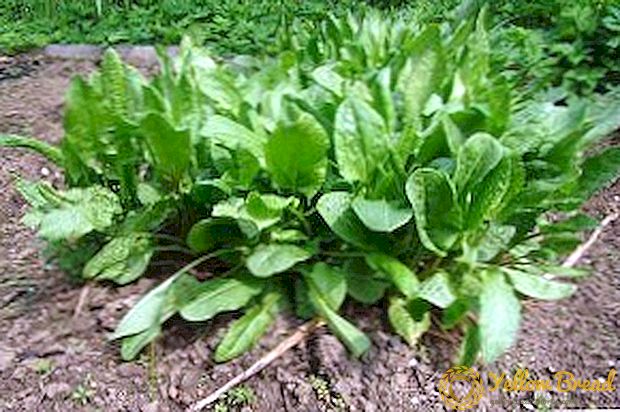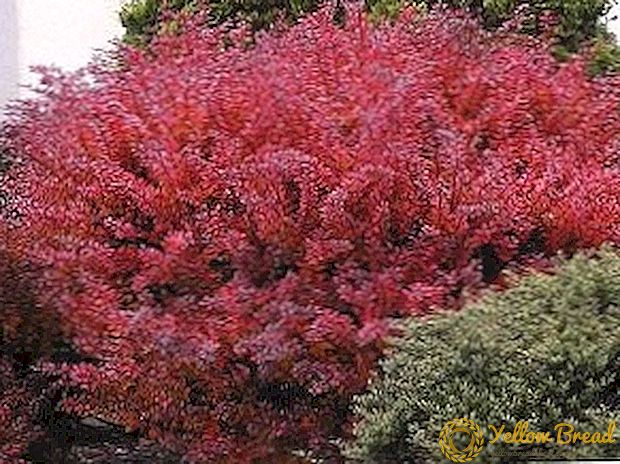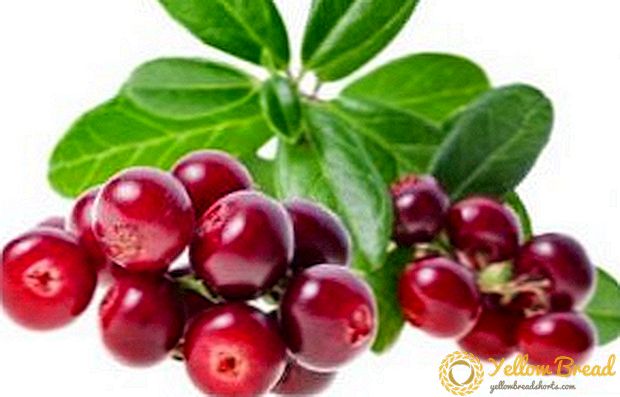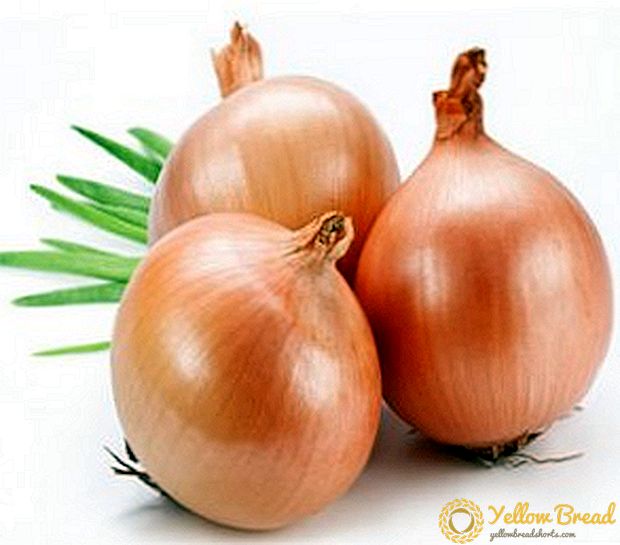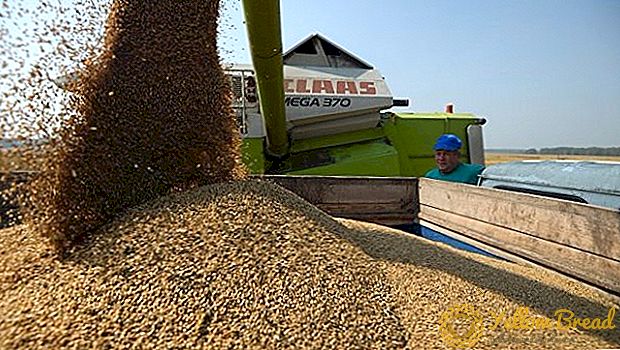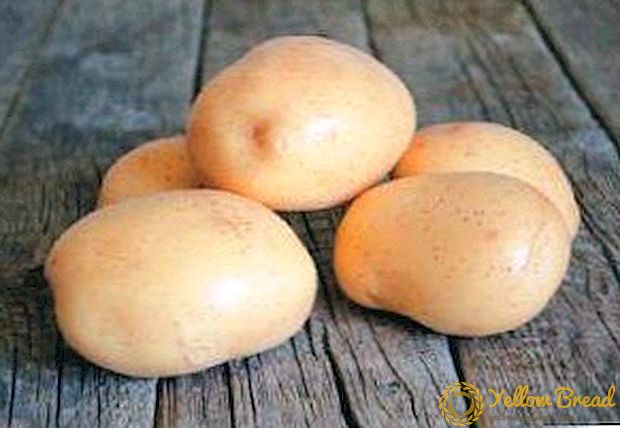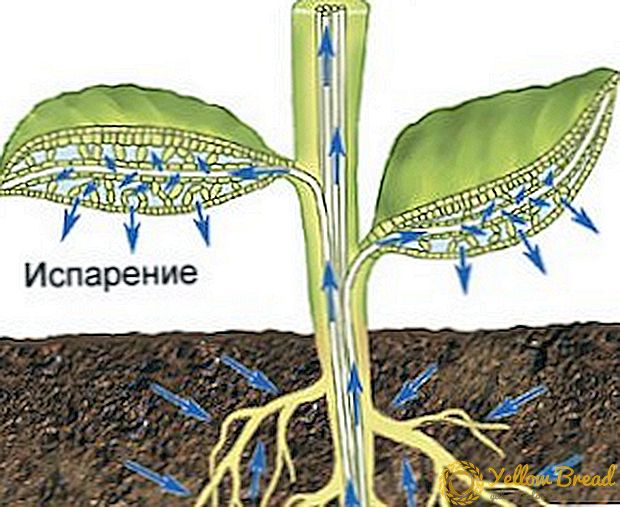 Everyone knows that water plays a decisive role in plant life. The normal development of any plant organism is possible only when all its organs and tissues are well saturated with moisture. However, the water exchange system between the plant and the environment is in fact complex and multicomponent.
Everyone knows that water plays a decisive role in plant life. The normal development of any plant organism is possible only when all its organs and tissues are well saturated with moisture. However, the water exchange system between the plant and the environment is in fact complex and multicomponent.
- What is transpiration
- What role does transpiration play in plant physiology?
- Types of transpiration
- Stomatal
- Cuticular
- Description of the transpiration process
- Factors affecting the process of transpiration
- How is the adjustment of water balance
What is transpiration
Transpiration - is a controlled physiological process of water movement through the organs of the plant organism, resulting in its loss through evaporation.
Thus, under the influence of atmospheric factors, the water reserves in the aboveground organs of the plant are constantly consumed and, therefore, must be replenished all the time through new inputs. As the water evaporates in the cells of the plant, a certain sucking force arises, which “pulls” water from the neighboring cells and so along the chain - up to the roots. Thus, the main “engine” of water flow from the roots to the leaves is located in the upper parts of the plants, which, to put it simply, work like small pumps. If you delve into the process a little deeper, the water exchange in plant life is the following chain: drawing water out of the soil by the roots, lifting it to the elevated organs, evaporating. These three processes are in constant interaction. In the cells of the plant's root system, the so-called osmotic pressure is formed, under the influence of which the water in the soil is actively absorbed by the roots.
When, as a result of the appearance of a large number of leaves and an increase in the ambient temperature, the water begins to be sucked out of the plant by the atmosphere itself,in the vessels of plants there is a shortage of pressure, transmitted down to the roots, and pushing them to the new "work". As you can see, the root system of the plant pulls water from the soil under the influence of two forces - its own, active and passive, transmitted from above, which is caused by transpiration.
What role does transpiration play in plant physiology?
The process of transpiration plays a huge role in plant life.
 First of all, it should be understood that it is transpiration that provides plants with overheating protection. If on a bright sunny day we measure the temperature of a healthy and faded leaf in the same plant, the difference can be up to seven degrees, and if a faded leaf in the sun can be hotter than the surrounding air, then the temperature of the transpiring leaf is usually several degrees lower ! This suggests that the transpiration processes that take place in a healthy leaf allow it to self-cool itself, otherwise the leaf overheats and dies.
First of all, it should be understood that it is transpiration that provides plants with overheating protection. If on a bright sunny day we measure the temperature of a healthy and faded leaf in the same plant, the difference can be up to seven degrees, and if a faded leaf in the sun can be hotter than the surrounding air, then the temperature of the transpiring leaf is usually several degrees lower ! This suggests that the transpiration processes that take place in a healthy leaf allow it to self-cool itself, otherwise the leaf overheats and dies.
Finally, transpiration is an amazing force that can cause water to rise inside the plant throughout its height, which is of great importance, for example, for tall trees, the upper leaves of which, due to the process under consideration, can receive the required amount of moisture and nutrients.
Types of transpiration
There are two types of transpiration - stomatal and cuticular.In order to understand what the one and the other species is, we recall from the lessons of botany the structure of the leaf, since it is this plant organ that is the main one in the process of transpiration.
So, The sheet consists of the following fabrics:
- skin (epidermis) is the outer covering of the leaf, which is a single row of cells, tightly interconnected to ensure the protection of internal tissues from bacteria, mechanical damage and drying. On top of this layer is often an additional protective wax, called the cuticle;

- the main tissue (mesophyll), which is located inside the two layers of the epidermis (upper and lower);
- veins along which water and nutrients dissolved in it move;
- The stomata are special locking cells and a hole between them, under which there is an air cavity. The stomatal cells are able to close and open depending on whether there is enough water in them. It is through these cells that the process of water evaporation and gas exchange is mainly carried out.
Stomatal
First, the water begins to evaporate from the surface of the main tissue of the cells.As a result, these cells lose moisture, water menisci in the capillaries are bent inward, the surface tension increases, and the further process of water evaporation becomes difficult, which allows the plant to significantly save water. Then the evaporated water goes out through the stomatal crevices. As long as the stomata are open, water evaporates from the leaf at the same rate as from the water surface, that is, the diffusion through the stomata is very high.
 The fact is that with the same area, the water evaporates faster through several small holes located at some distance than through one large one. Even after the stomata are closed in half, the intensity of transpiration remains almost as high. But when the stomata close, transpiration decreases several times.
The fact is that with the same area, the water evaporates faster through several small holes located at some distance than through one large one. Even after the stomata are closed in half, the intensity of transpiration remains almost as high. But when the stomata close, transpiration decreases several times.
The number of stomata and their location in different plants is not the same, in some species they are only on the inner side of the leaf, in others - both from above and below, however, as can be seen from the above, not so much the number of stomata affects the evaporation rate, but their degree of openness: if there is a lot of water in the cell, the stomata open, when a deficit occurs — straightening of the guard cells occurs, the width of the stomatal gut decreases, and the stomata close. 
Cuticular
The cuticle, as well as the stomata, has the ability to respond to the degree of saturation of the sheet with water. The hairs located on the surface of the leaf protect the leaf from the movements of air and sunlight, which reduces water loss. When the stomata are closed, cuticular transpiration is particularly important. The intensity of this type of transpiration depends on the thickness of the cuticle (the thicker the layer, the less evaporation). The age of the plant is also of great importance - water leaves on mature leaves make up only 10% of the entire transpiration process, while on young ones they can reach up to half. However, an increase in cuticular transpiration is observed on too old leaves, if their protective layer is damaged by age, cracks or cracks.
Description of the transpiration process
The process of transpiration is significantly affected by several significant factors.
Factors affecting the process of transpiration
 As mentioned above, the intensity of transpiration is determined primarily by the degree of saturation of the plant leaf cells with water. In turn, this condition is mainly affected by external conditions - air humidity, temperature, and the amount of light.
As mentioned above, the intensity of transpiration is determined primarily by the degree of saturation of the plant leaf cells with water. In turn, this condition is mainly affected by external conditions - air humidity, temperature, and the amount of light.
It is clear that with dry air the evaporation processes occur more intensively. But soil moisture affects transpiration in the opposite way: the drier the land, the less water enters the plant, the greater its deficit and, accordingly, less transpiration.
As the temperature rises, transpiration also increases. However, perhaps the main factor affecting transpiration is still light. When a leaf plate absorbs sunlight, the leaf temperature increases and, accordingly, the stomata open and the transpiration rate increases.
Based on the influence of light on the movement of stomata, even three main groups of plants are distinguished according to the daily course of transpiration. In the first group, the stomata are closed at night, in the morning they open and move during daylight hours, depending on the presence or absence of water deficit. In the second group, the night state of the stomata is a “changeling” of the daytime (if they were open during the day, close at night, and vice versa).In the third group, during the daytime the state of the stomata depends on the saturation of the leaf with water, but at night they are always open. As examples of the representatives of the first group, some cereal plants can be cited, to the second group there are thin-leafed plants, for example, peas, beets, clover, the third group includes cabbage and other representatives of the plant world with thick leaves.
 But in general it should be said that at night, transpiration is always less intense than during the day, because at this time of day the temperature is lower, there is no light, and humidity, on the contrary, is increased. During daylight hours, transpiration is usually most productive at noontime, and with a decrease in solar activity, this process slows down.
But in general it should be said that at night, transpiration is always less intense than during the day, because at this time of day the temperature is lower, there is no light, and humidity, on the contrary, is increased. During daylight hours, transpiration is usually most productive at noontime, and with a decrease in solar activity, this process slows down.
The ratio of the intensity of transpiration from a unit of surface area of a sheet per unit of time to the evaporation of a similar area of free water surface is called relative transpiration.
How is the adjustment of water balance
The plant absorbs most of the water from the soil through the root system.
In addition to the roots, some plants have the ability to absorb water and ground organs (for example, mosses and lichens absorb moisture throughout its surface).
The water entering the plant is distributed throughout all its organs, moving from cell to cell, and is used for the processes necessary for the life of the plant. A small amount of moisture is spent on photosynthesis, but most of it is necessary to maintain tissue fullness (the so-called turgor), as well as to compensate for losses from transpiration (evaporation), without which the vital activity of a plant is impossible. Moisture evaporates in any contact with air, so this process occurs in all parts of the plant.
If the amount of water that is absorbed by the plant is harmoniously coordinated with its spending on all of these goals, the water balance of the plant is settled correctly, and the body develops normally. Violations of this balance can be situational or prolonged. With short-term fluctuations in water balance, many terrestrialplants in the process of evolution have learned to cope, but long-term disruptions in the processes of water supply and evaporation, as a rule, lead to the death of any plant.


